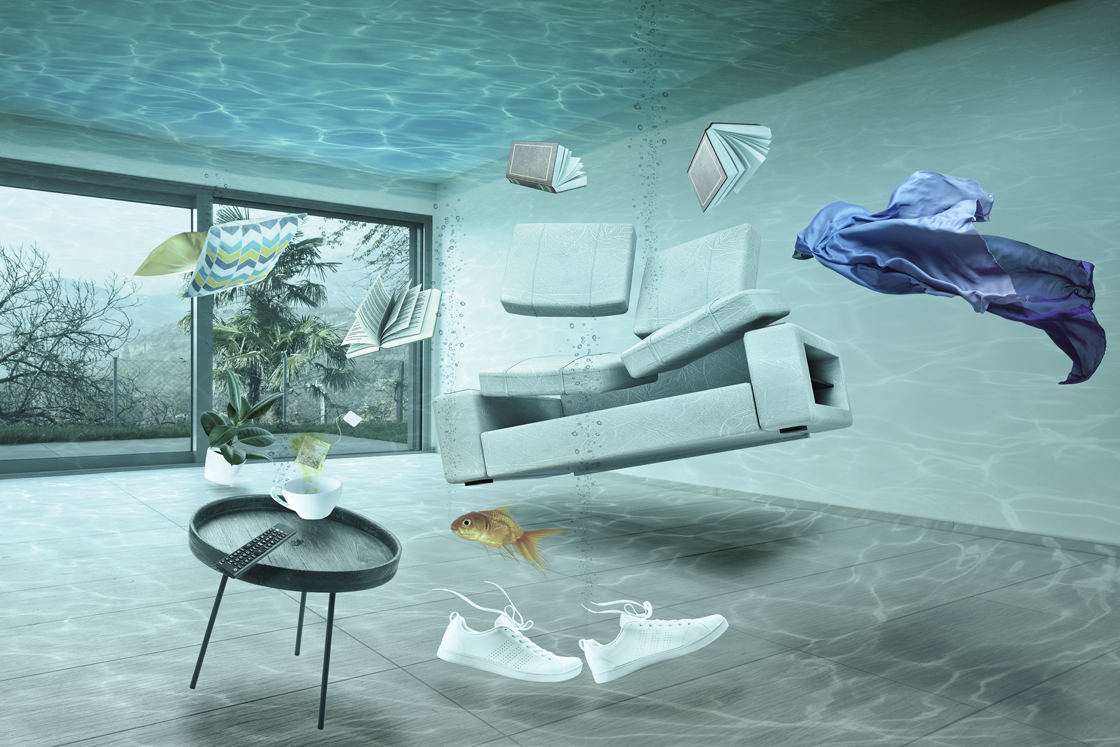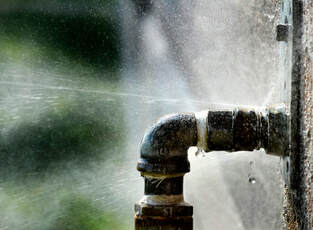Uncover Smart Ways to Detect Concealed Leaking Water Lines
Uncover Smart Ways to Detect Concealed Leaking Water Lines
Blog Article
We've stumbled upon this great article involving Finding hidden leaks listed below on the internet and reckoned it made sense to relate it with you on this page.

Early detection of dripping water lines can mitigate a prospective disaster. Some small water leakages may not be visible.
1. Examine the Water Meter
Inspecting it is a surefire way that assists you uncover leakages. If it moves, that indicates a fast-moving leakage. This suggests you might have a sluggish leakage that might also be below ground.
2. Examine Water Intake
If you find abrupt adjustments, regardless of your usage being the exact same, it indicates that you have leakages in your plumbing system. An unexpected spike in your bill suggests a fast-moving leak.
A stable rise every month, even with the same habits, reveals you have a sluggish leakage that's likewise gradually intensifying. Call a plumber to extensively check your residential or commercial property, specifically if you really feel a cozy location on your floor with piping underneath.
3. Do a Food Coloring Examination
30% comes from toilets when it comes to water consumption. Examination to see if they are running effectively. Decline flecks of food shade in the container and also wait 10 mins. If the shade in some way infiltrates your dish during that time without flushing, there's a leak in between the container as well as dish.
4. Asses Outside Lines
Don't forget to check your outside water lines too. Test faucets by affixing a garden tube. Should water permeate out of the connection, you have a loose rubber gasket. Change this and make sure all connections are tight. If you have actually got a lawn sprinkler, it will certainly aid get it skillfully analyzed and maintained each year. One little leakage can waste tons of water and spike your water expense.
5. Assess the circumstance and inspect
Homeowners need to make it a routine to inspect under the sink counters and also even inside cupboards for any bad odor or mold development. These 2 red flags indicate a leak so timely focus is required. Doing regular assessments, even bi-annually, can save you from a significant issue.
Check for stainings and also deteriorating as a lot of pipes and also appliances have a life expectancy. If you presume dripping water lines in your plumbing system, do not wait for it to rise.
Early discovery of leaking water lines can alleviate a prospective disaster. Some tiny water leaks may not be visible. Checking it is a guaranteed way that helps you discover leakages. One small leak can squander lots of water as well as spike your water costs.
If you presume leaking water lines in your plumbing system, do not wait for it to intensify.
WARNING SIGNS OF WATER LEAKAGE BEHIND THE WALL
PERSISTENT MUSTY ODORS
As water slowly drips from a leaky pipe inside the wall, flooring and sheetrock stay damp and develop an odor similar to wet cardboard. It generates a musty smell that can help you find hidden leaks.
MOLD IN UNUSUAL AREAS
Mold usually grows in wet areas like kitchens, baths and laundry rooms. If you spot the stuff on walls or baseboards in other rooms of the house, it’s a good indicator of undetected water leaks.
STAINS THAT GROW
When mold thrives around a leaky pipe, it sometimes takes hold on the inside surface of the affected wall. A growing stain on otherwise clean sheetrock is often your sign of a hidden plumbing problem.
PEELING OR BUBBLING WALLPAPER / PAINT
This clue is easy to miss in rooms that don’t get much use. When you see wallpaper separating along seams or paint bubbling or flaking off the wall, blame sheetrock that stays wet because of an undetected leak.
BUCKLED CEILINGS AND STAINED FLOORS
If ceilings or floors in bathrooms, kitchens or laundry areas develop structural problems, don’t rule out constant damp inside the walls. Wet sheetrock can affect adjacent framing, flooring and ceilings.
https://www.servicemasterbyzaba.com/blog/how-to-detect-water-leakage-in-walls/

As an enthusiastic person who reads on Hacks to detect leaks, I was thinking sharing that article post was sensible. Sharing is good. Who knows, you will be doing someone a favor. I cherish reading our article about Leaking water lines.
Reliable help, dial now. Report this page